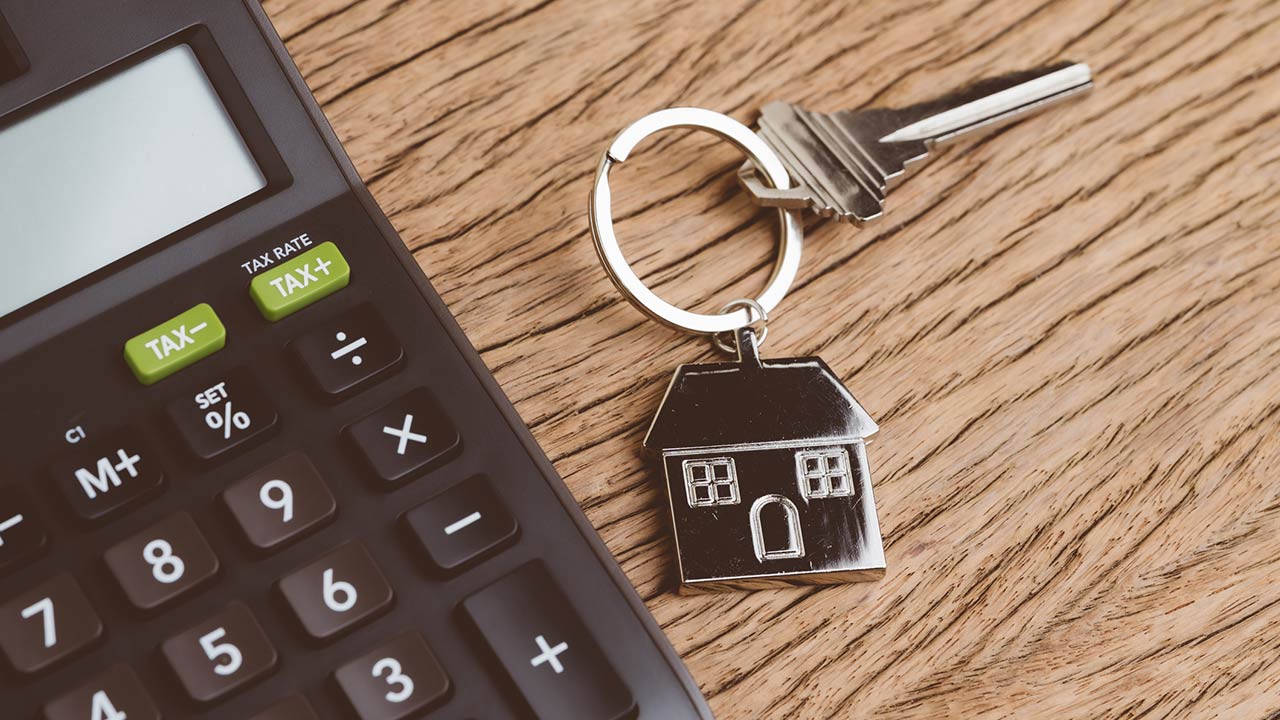Calling All Renters! Ready to Become a Home Owner?
So you’ve been renting for quite some time, and feel you’re ready to bite the bullet and finally become a home owner. Before jumping in with two feet, a planning process is called for. Taking a few preliminary steps before having your name on title of a property, such as setting up a financial budget and saving up for a down payment, are no-brainers. But there are plenty more steps to take before signing on the dotted line.
While you grow your down payment, here are some steps to take before changing your status from reenter to home owner.

Familiarize Yourself With All the Costs of Being a Home Owner
When you rent, your housing payment is essentially covered through one rental fee. However, being a home owner means being responsible for many other financial payments. Aside from the down payment, there are other factors that go into paying off your home.
In addition to your monthly mortgage payments (which include both principal and interest), there are also property taxes to think about. Depending on where your home is, the amount you pay will be assessed by the county you live in. This typically averages about 1.2% of the value of your home every year.
Insurance is another biggie – and it’s not optional either. In fact, you need to have proof of home insurance before you can even get a final approval for a mortgage from your lender. Basically, lenders require that your insurance cover the cost of rebuilding the home if it is destroyed by fire or other disaster. You’re looking at paying anywhere from about $600 to $1,300 annually for a single detached home.
Buying a condo? Then you’ll have to factor in maintenance fees too. These monthly fees cover things like landscaping, building amenities, and reserves for future maintenance, These fees range widely, anywhere from $100 for cheaper condos to well over $1,000 per month for higher-end buildings.
It’s imperative to understand what each of these costs will be in order to determine how much you can actually afford.

Scope Out Mortgages That Fit Your Financial Situation and Schedule
The mortgage amount that a lender approved you for is basically the purchase price minus the down payment. The more money you put down up front, the less your mortgage amount will be. Obviously, the more you put down the better. But you can still get a mortgage with as little as 5% of the total purchase price of the home.
However, you need to understand that the more principal outstanding, the more money will be put towards interest at the end of the mortgage term. Let’s say the purchase price of your home is $300,000. If you were to put 5% down (which is $15,000), your outstanding principal amount is $285,000. At an interest rate of 4%, for instance, and a 30-year amortization period, you’re paying $202,881.62 over the life of your mortgage.
Using the same mortgage rate and amortization period as the first example, if you put 20% down (which is $60,000), the total interest paid on the $240,000 outstanding would be $170,846.47, a difference of $32,035.15.
It’s also important to note that you’ll be stuck paying mortgage insurance if you put any less than 20% down on your home, which about 0.85% of your loan amount, and isn’t tax deductible.

Your Credit Score Has a Huge Bearing on Your Mortgage Interest Rate
We’ve already seen what a bigger down payment does to lowering the amount of interest paid on a mortgage. Well, the actual interest rate itself is something that can be negotiated in order to bring your total interest payments down over the life of your mortgage. However, such negotiations are typically reserved only for those with a healthy credit score.
Having a bad credit score will almost certainly leave you with an unfavorably high interest rate, which will make it harder to pay off your mortgage sooner rather than later. In fact, many lenders might flat out deny you a mortgage unless your score is somewhat acceptable.
This is why you’re better off doing everything you can to improving your credit score, if it’s under 600. There are a bunch of ways to do this, though it could take a little while before you start to see the numbers start to rise. Get yourself a copy of your credit report, and see where you’re at. Start paying your credit cards on time and in full. Don’t spend close to your credit limit on your cards. Never miss a single car loan, or student loan payment. After a while, such diligence will pay off, which will positively impact your credit score and allow you more options as far as lower mortgage rates are concerned.
So Where Do You Land?
Many Americans strive to attain the American Dream of home ownership. As desirable as this sounds, it may not be the right solution for everyone. Your best bet is to look at your finances, as well as your lifestyle and needs, and speak with a professional realtor and financial advisor to work out the nitty gritty before you make this life-changing decision.









Leave a Reply
Want to join the discussion?Feel free to contribute!